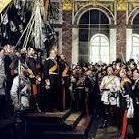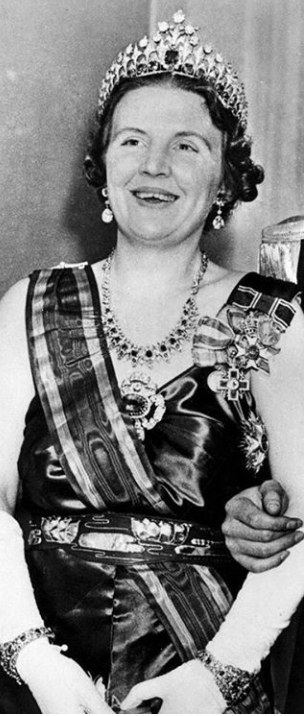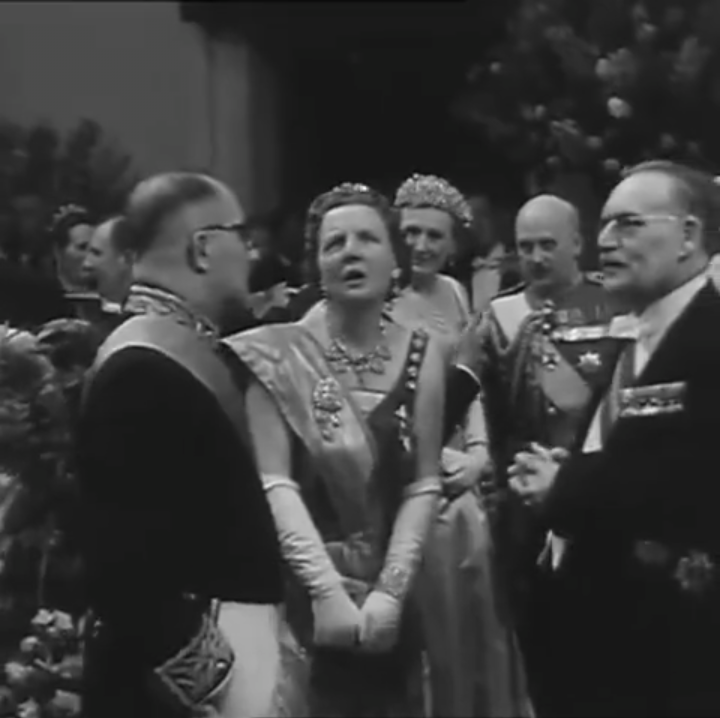-
Posts
674 -
Joined
-
Last visited
-
Days Won
6
Content Type
Profiles
Forums
Blogs
Gallery
Events
Store
Everything posted by laurentius
-
To use devices was often a choice made by the owner, not something which was regulated. There were lots of differences between the post-1933 regulations (which were basically an amendment of the Prussian regulations) and the Bavarian wartime regulations. Rick L used to have a list of Bavarian precedence on WAF, which I sadly cannot find at the moment, however, Wartime awards, even from different states, had precedence over peacetime awards from their own state. The problem with ribbonbars and medalbars in general is that one can usually find an example of every possible combination one can think of. Kind regards, Laurentius
-
Bavarians can be rather capricious when it comes to medalbars. Although it goes against precedence most of the Bavarian officers went their own way. I managed to find a picture on the forum of a medalbar where the MVO4x and the MVO4 are seperated. I know there are atleast several other ones on this forum, but this is the first one I found.
-
I disagree, unless he is wearing a smaller version of the Jubiläumsdenkmünze it doesn't fit. I would also be inclined to wonder why a prince from Mecklenburg got a medal meant for former Hannoverian troops, when Mecklenburg served on the opposite side during the war. In my opinion this is the German red cross medal. Kind regards, Laurentius
-
I think we need a bit more info to be able to give proper advice, however, I can already answer some of your questions Awards were worn up untill the moment Romania joined the war, this does however not mean he would have worn his Romanian awards, since most officers tried to keep their ribbonbar down to the bare essentials. A MVO4x would not push a MVO4 of a bar, since they were earned at different times they were allowed to be worn together. Austrian awards would be worn on the ribbonbar/medalbar. There are pictures of German officers wearing a ribbonbar plus an Austrian trifold, but this was usually on the date of bestowel, which for many German soldiers was one of the few moments they were actually photographed. This would be correct if there were no other decorations up untill that point. The EK2 was often worn through the buttonhole, therefore they didn't need to update their ribbonbar. Hope this helps, Kind regards, Laurentius
-

The greatest award collector of The Netherlands
laurentius replied to OvBacon's topic in Northern European & Baltic States
The contrast couldn't be greater indeed, however, this is not the fault of Joseph Luns. Prince Claus was known for hating grandeur and 'unnecessary' clothing. He was the most unlikely royal one might say. He died as he lived, not in a palace, but in a cottage, near the forest, on a palace estate. -
He's hardly a victim, he is someone who is unworthy of a streetname. New times bring new insights, which is exactly why they are changing it. Every museum would be willing to, for the same reason every historical museum is willing to put up SS stuff, controversy sells. They had the best army in Africa because they paid the best. The BRD payed out pensions well into the '60s
-

Decorations of Willem Drees
laurentius replied to laurentius's topic in Northern European & Baltic States
But no Medal of Freedom, peculair, you'd say he would put that on his miniature bar -
Dear fellow collectors, whilst exploring the internet of things I came across this picture of Queen Juliana. Initially I was interested in the jewelery that the Queen was wearing, untill I noticed the nice moustachio'd man on the right. I believe this to be Willem drees, given his moustache, length and general appearance. His wikipediapage gives us only the American Medal of Freedom and the Dutch Order of Orange-Nassau, however, in this picture he seems to have atleast a dozen decorations. Would any of the Dutch collectors be able to help me out with the medals? Kind regards and thanks in advance, Laurentius




